Understanding Teeth Whitening
Teeth whitening has become a popular cosmetic procedure, promising brighter and more aesthetically pleasing smiles. But before you dive into teeth whitening treatments, it’s essential to understand the process and what it entails. This guide aims to provide you with comprehensive information about teeth whitening, including various methods, potential risks, and how to achieve a brighter smile without spending a fortune. Whether you’re considering professional treatments or exploring DIY options, understanding the fundamentals is crucial for making informed decisions and achieving the best possible results. Teeth whitening can significantly boost your confidence and improve your overall appearance, so let’s explore the world of teeth whitening and discover how to brighten your smile effectively and safely.
What is Teeth Whitening
Teeth whitening is a cosmetic dental procedure aimed at lightening the color of your teeth. Over time, teeth can become discolored due to various factors such as aging, certain foods and beverages, smoking, and poor oral hygiene. The process typically involves using bleaching agents to remove stains and discoloration, resulting in a noticeably brighter smile. Different methods exist, from professional treatments conducted by dentists to over-the-counter products and at-home remedies. The effectiveness of these methods can vary, and understanding how they work and the potential risks involved is crucial. It’s also important to be realistic about the results, as teeth whitening may not be suitable for everyone, and the degree of improvement can differ from person to person. Therefore, a well-informed approach is vital before embarking on any teeth whitening journey.
Types of Teeth Whitening Treatments
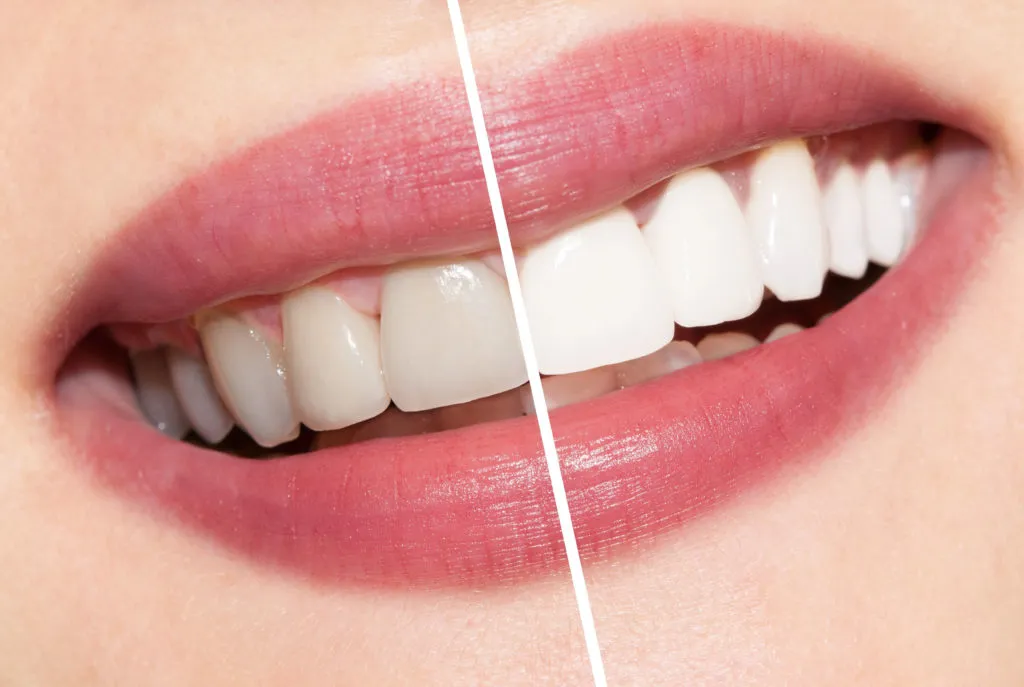
Teeth whitening treatments come in various forms, each with its own set of advantages and disadvantages. Professional whitening, often done by a dentist, uses highly concentrated bleaching agents and can yield significant results in a short amount of time. These treatments are usually more expensive but can provide more dramatic and immediate improvements. Over-the-counter products, such as whitening strips, toothpastes, and gels, are readily available and are often a more affordable option. However, they typically contain lower concentrations of bleaching agents and may take longer to produce noticeable results. At-home remedies, such as using baking soda or activated charcoal, are also popular, but their effectiveness is often debated, and they may pose potential risks to your enamel. Choosing the right type of teeth whitening treatment depends on your budget, desired results, and dental health. Always consult with a dentist before starting any whitening procedure to ensure it’s safe and suitable for your specific needs.
Teeth Whitening Free Methods at Home
Achieving a brighter smile doesn’t always require expensive treatments. Several methods can help whiten your teeth at home without spending any money. These free or low-cost options are excellent starting points for improving your oral hygiene and brightening your smile naturally. Consistent efforts and dedication are essential to see noticeable results, but with the right approach, you can achieve significant improvements in the color of your teeth. Combine these techniques with professional advice for optimal results. Remember, these methods may not produce the same dramatic results as professional treatments, but they can make a noticeable difference over time, contributing to a healthier and more confident smile. Regular and diligent use of these home methods will significantly improve your teeth’s appearance.
Proper Brushing and Flossing
One of the most basic, yet most effective, methods for maintaining a brighter smile is proper oral hygiene. Brushing your teeth twice daily for two minutes each time, using a fluoride toothpaste, is crucial for removing surface stains and preventing plaque buildup. Flossing daily is equally important, as it removes food particles and plaque from between your teeth and along the gumline, areas that brushing often misses. Proper brushing and flossing not only help keep your teeth clean but also prevent the accumulation of stains. Additionally, using a soft-bristled toothbrush is recommended to avoid damaging your enamel. A consistent oral hygiene routine will help in teeth whitening naturally by removing surface stains and preventing the build-up of new ones.
Homemade Whitening Recipes
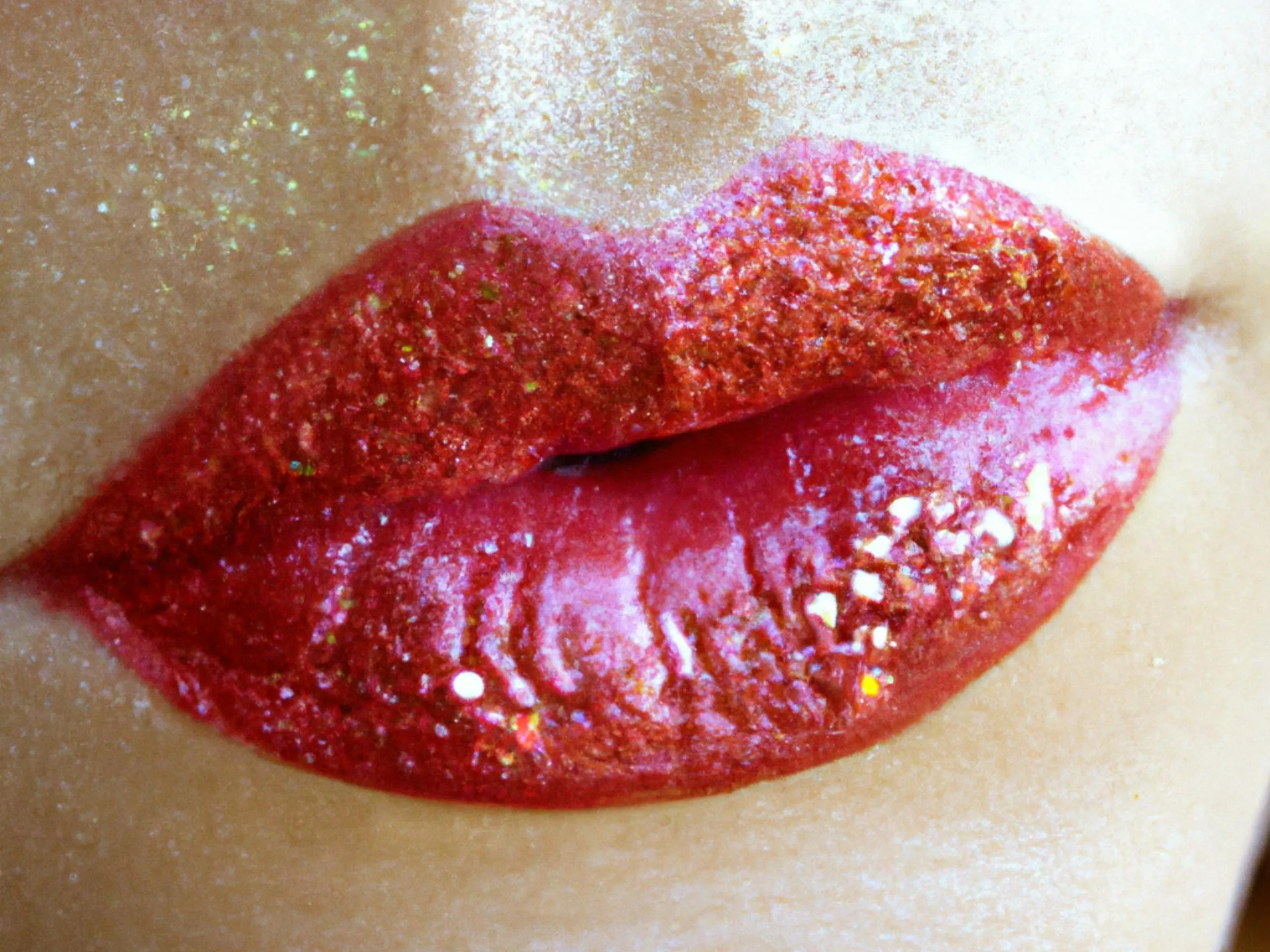
Several natural ingredients can be used to create DIY teeth-whitening solutions. Baking soda is a mild abrasive that can help remove surface stains when used in moderation. Mix a small amount of baking soda with water to form a paste and brush your teeth gently. Activated charcoal is another popular option, known for its ability to absorb stains. While its effectiveness is debated, some people find that brushing with activated charcoal helps to lighten their teeth. It’s essential to use these remedies cautiously, as excessive use can wear down enamel. Other natural options include lemon juice, but due to its acidity, it should be used sparingly and followed by rinsing your mouth with water to protect your enamel. Always consult with your dentist before trying any homemade remedies to ensure they are safe for your teeth and gums.
Dietary Considerations for Teeth Whitening
Your diet plays a significant role in the color of your teeth. Certain foods and beverages can stain your teeth, while others can help keep them white. Understanding which foods to avoid and which to include in your diet can significantly impact the brightness of your smile. By making conscious dietary choices, you can minimize the impact of staining agents and promote a healthier, whiter smile. A balanced diet that supports good oral health will not only help your teeth stay white but also contribute to your overall well-being. Making smart food choices, alongside regular dental care, is key to achieving and maintaining a bright, confident smile.
Foods to Avoid
Certain foods and drinks are notorious for staining teeth. Coffee, tea, red wine, and dark-colored sodas contain pigments that can easily stain tooth enamel. Berries, such as blueberries and blackberries, also have high pigment content. Additionally, foods with strong colors, such as soy sauce, balsamic vinegar, and curry, can contribute to staining. Reducing your consumption of these staining foods and drinks can help prevent discoloration. If you consume these items, consider rinsing your mouth with water afterward or brushing your teeth to minimize the staining effect. Being mindful of these items can help you maintain a brighter smile for longer.
Foods to Include
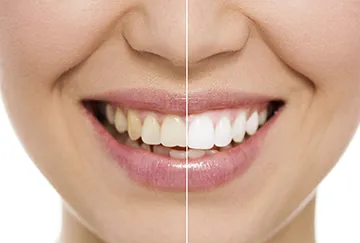
Incorporating certain foods into your diet can help naturally whiten your teeth. Crunchy fruits and vegetables, such as apples, celery, and carrots, act as natural abrasives, helping to remove surface stains while you eat. Dairy products, like milk, cheese, and yogurt, contain calcium and phosphates that strengthen tooth enamel and protect against stains. Water is also essential, as it helps to rinse away food particles and bacteria. By making these food choices, you can promote a healthier, whiter smile and support good oral health. Making these dietary choices a regular part of your diet will greatly contribute to naturally teeth whitening, alongside a healthy oral hygiene routine.
Lifestyle Changes for Whiter Teeth
Beyond diet, certain lifestyle changes can significantly impact the brightness of your teeth. These changes often involve breaking bad habits and adopting healthier ones that support oral health. By making these adjustments, you can not only improve the appearance of your teeth but also enhance your overall well-being. Maintaining a healthy lifestyle is an integral part of achieving and maintaining a bright, confident smile. These adjustments can have a considerable positive impact on the color and health of your teeth over time.
Avoiding Staining Habits
Smoking and chewing tobacco are major contributors to tooth discoloration. These habits not only stain your teeth but also increase your risk of developing gum disease and oral cancer. Quitting smoking and avoiding tobacco use is one of the best things you can do for your oral health and the appearance of your smile. Additionally, excessive consumption of staining foods and drinks can also lead to discoloration. Being mindful of what you consume and practicing good oral hygiene can mitigate the effects of these habits. Eliminating or reducing these habits will significantly contribute to keeping your teeth white.
Regular Dental Checkups
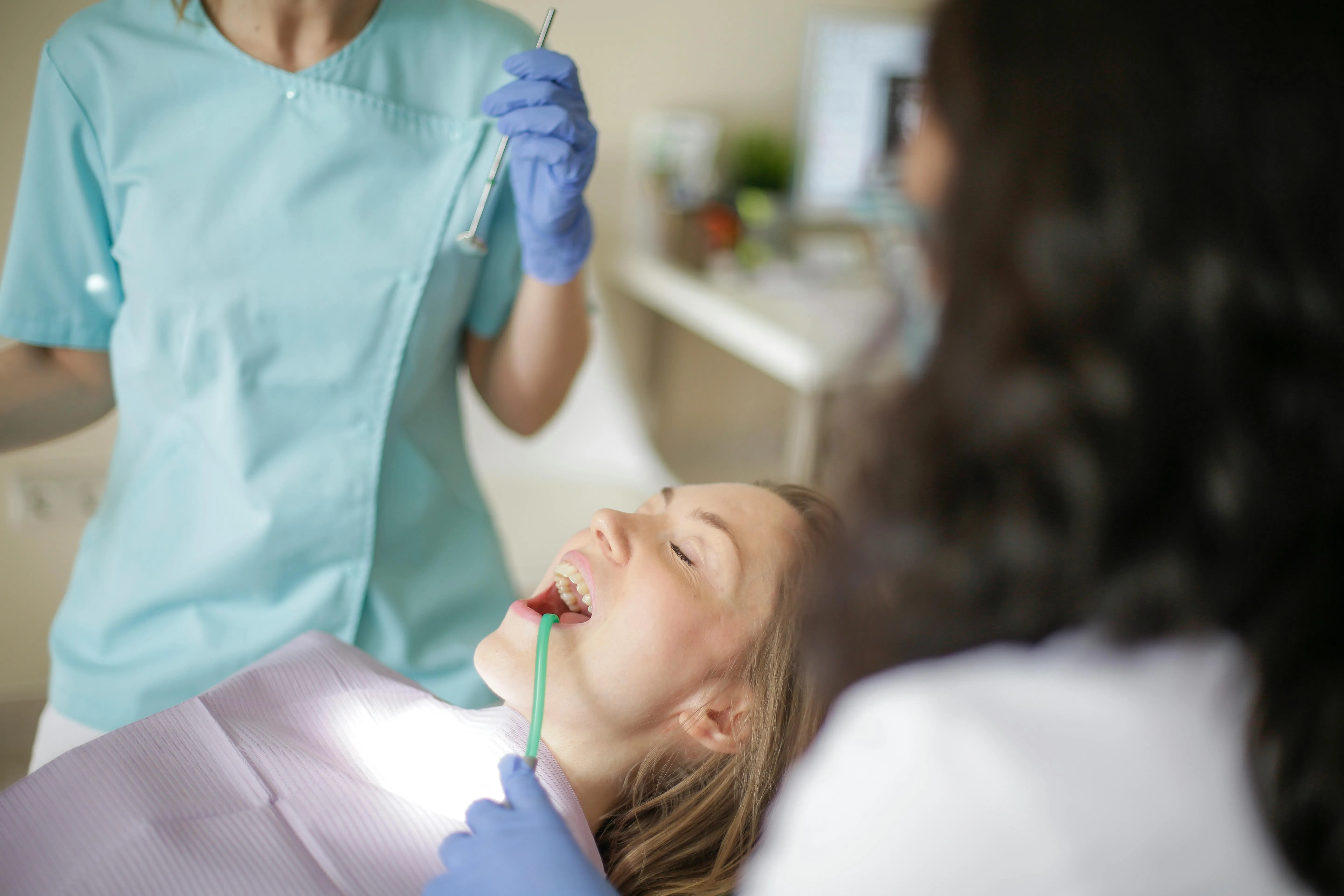
Regular dental checkups and professional cleanings are essential for maintaining a bright smile. A dentist can remove plaque and tartar buildup that can cause stains and discoloration. They can also identify and address any underlying dental issues that may be affecting the appearance of your teeth. During these visits, your dentist may also offer professional whitening treatments or provide guidance on at-home methods. Regular dental checkups ensure that your teeth stay healthy and bright. The hygienist will clean any hard-to-reach areas, making your teeth look their best. These visits are also a great way to catch any issues early, ensuring your teeth remain healthy.
Teeth Whitening Free Guide: Risks and Considerations
While many teeth whitening methods are available, it’s important to be aware of the potential risks and considerations associated with each. Understanding these factors will help you make informed decisions and choose the safest and most effective approach for your specific needs. Before starting any whitening treatment, it is best to consult with a dentist to determine if it is appropriate for your oral health. Prioritizing safety and being well-informed is crucial for achieving a brighter smile without compromising your dental health. Being aware of the potential side effects and risks will help you to navigate the process successfully.
Potential Side Effects
Teeth whitening treatments can sometimes cause side effects. The most common is tooth sensitivity, which can occur during or after the procedure. Some people may also experience gum irritation. These side effects are usually temporary and subside shortly after the treatment. However, it’s important to discuss these potential issues with your dentist. They can recommend strategies to minimize sensitivity, such as using desensitizing toothpaste or adjusting the whitening process. Always follow your dentist’s instructions to reduce the risk of adverse effects and ensure the best possible outcome for your teeth whitening journey. Being prepared for potential side effects can make the process more manageable.
When to See a Dentist
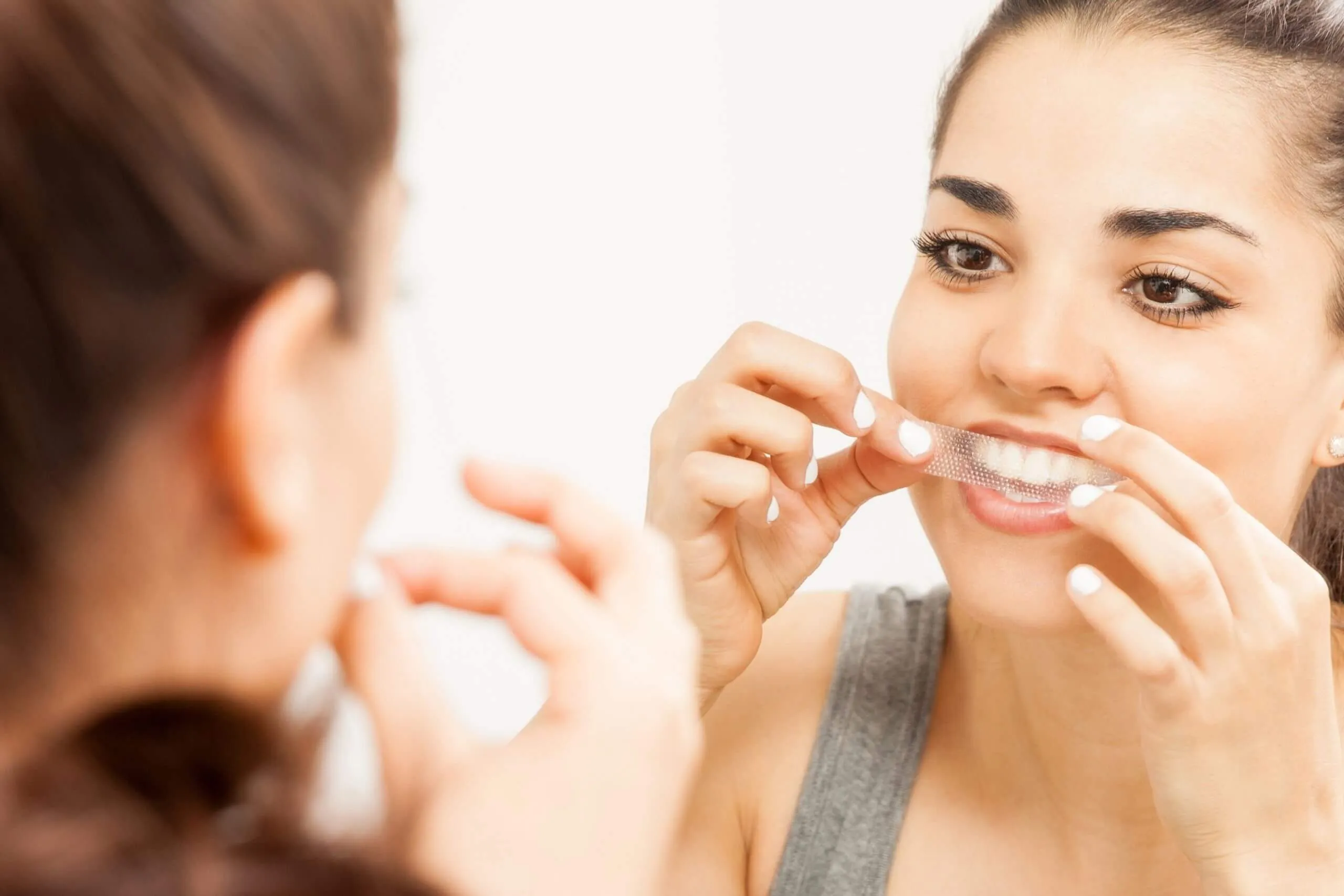
It’s essential to consult with a dentist before starting any teeth whitening treatment, whether it’s professional or at-home. A dentist can assess your oral health and determine if teeth whitening is appropriate for you. They can also identify any underlying dental issues, such as cavities or gum disease, that need to be addressed first. During your appointment, your dentist can recommend the best whitening method based on your needs and expectations. Additionally, they can provide professional cleanings and advice on maintaining a bright smile. Regular dental checkups are crucial for maintaining your oral health and ensuring your teeth whitening journey is safe and effective. Consulting a professional will help you get the best results.
Teeth Whitening Free Guide: Conclusion
Achieving a brighter smile doesn’t always have to break the bank. By understanding the different methods, adopting a good oral hygiene routine, making smart dietary choices, and consulting with a dentist, you can effectively whiten your teeth without spending a fortune. This guide has provided you with the information you need to make informed decisions and take the first steps toward a more confident smile. Remember, consistency and patience are key. With dedication and the right approach, you can achieve a brighter and healthier smile. Start implementing these free tips today, and enjoy the benefits of a whiter, more radiant smile!
